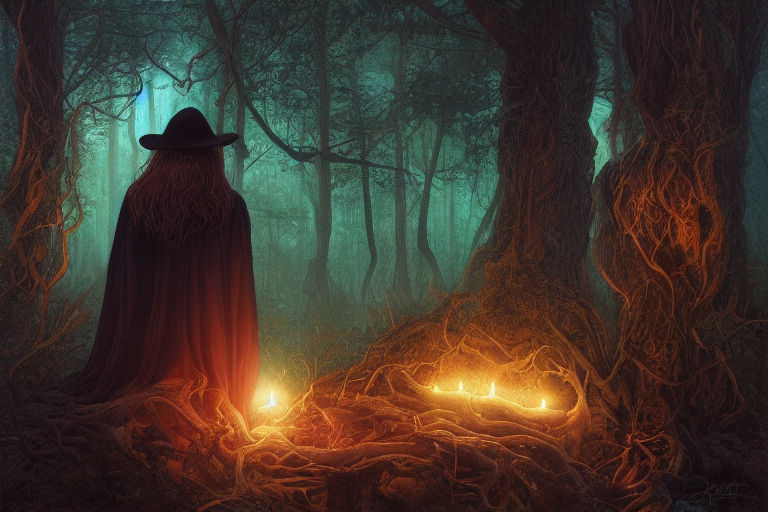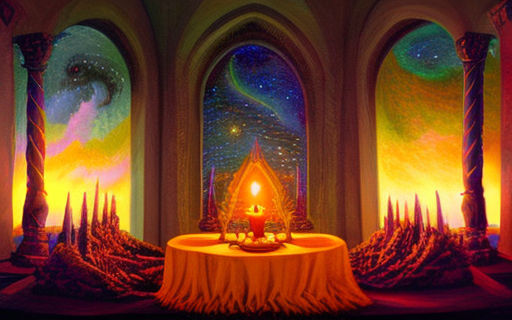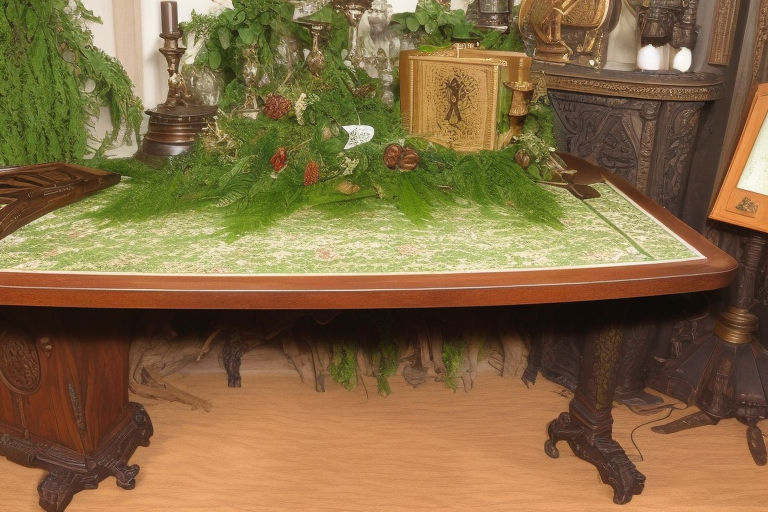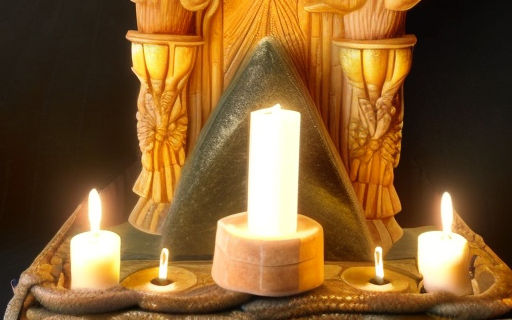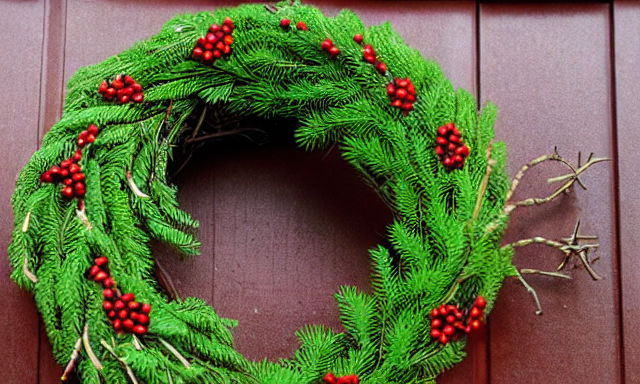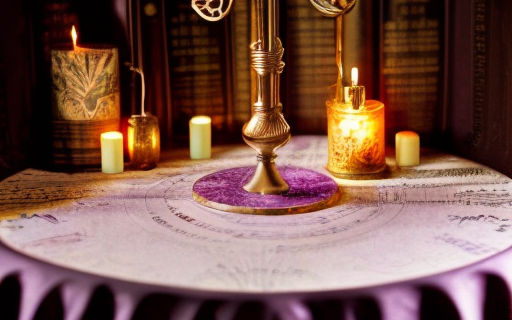The Samhain Festival
If you’re curious about this ancient festival, read on! Learn about its origins and traditions, and the plants associated with it! Samhain is a celebration of death and transformation, and there are many ways to celebrate it. In this article, we will discuss some traditions related to the Samhain festival and some of the most commonly associated plants.

Traditions
The Samhain festival is a time when the spiritual world and the physical world meet. In the past, people would light bonfires on Samhain night to appease the gods. In addition, they would also leave offerings for mischievous spirits. In the early days, many people attributed mischievous behavior to fairies or spirits.
Samhain is also a time to remember the dead. In ancient times, Celts would prepare for winter with this celebration, and it marked the end of the harvest season. While modern celebrants have a harder time connecting to nature, they can still connect with nature by using fall produce and foliage to decorate their homes.
The Samhain festival was often celebrated in many Celtic cultures, and customs varied from one Celtic nation to another. In many countries, young people played games and performed rituals associated with Samhain. Elders would also review the events of the previous year for the benefit of those who had died in the past year.
Although Samhain is celebrated in many countries, the exact dates of its celebration vary. In some parts of Europe, Samhain falls between late April and early May. For this reason, Samhain is often celebrated over several days. This extended Samhain celebration includes solo rites, ceremonies, feasts, and family gatherings.
The Samhain festival has many similarities to the Halloween celebrations in the western world. The festival marks the midpoint between the autumn equinox and the winter solstice, and is often associated with spiritual practices. It was also a time for farming communities to prepare for the colder parts of the year.
Many Samhain traditions originated in the Celtic world almost two thousand years ago. In ancient Celtic societies, Samhain marked the transition from summer to winter, and it was the time when the boundary between the living and the dead was thinnest. Many Samhain celebrations involved the opening of burial tombs.
In recent years, Samhain has been celebrated at the Hill of Ward, a sacred site. This hill was the site of the ancient Samhain fire festival. In fact, many people gather on Halloween in County Meath to take part in a modern Samhain revival.
Origins
The Samhain festival dates back to prehistoric Celtic times, when the eve of the Celtic year was marked with a festival. The Celts believed that night preceded day, and the Samhain festival marked this occurrence. This ancient festival was filled with symbolic meaning, and was especially important to pre-Christian Irish people. The origin of the festival is not clear, but it is thought to have developed from a fertility ritual. The festival evolved through the centuries as it spread to other countries and cultures.
In ancient Celtic times, Samhain was a three-day festival that began with the lighting of the communal fire by Druid priests. The druids, who represented the sun, prayed and lit fires to celebrate the festival. The festival was also associated with the end of the pastoral year, as the harvest season had come to an end. Cattle were sacrificed and crops would be stored for the winter. During this period, it was also common for people to take home the flame from the communal bonfire, which they would take home. The festival was considered mandatory in early texts, and failure to participate resulted in punishment from the gods.
In ancient Ireland, the Samhain festival was also celebrated as a day for the dead. The dead were believed to visit during the Samhain meal and seek hospitality. The Irish carried these traditions to the Americas, where they became mixed with Halloween customs. Today, Samhain traditions include wearing costumes and reciting verses to ward off the spirits that haunt the living.
Pumpkin carving is another Samhain tradition. Also known as Jack-O-Lanterns in the United States and Canada, this tradition was practiced by Celts to ward off evil spirits. The ancient Celts also used large bonfires during the Samhain festival, which attracted a large number of bats. This led to the emergence of bat-related folklore. The belief that bats were harbingers of death was further developed throughout medieval times.
The Samhain festival was associated with ancient Celts who held pagan beliefs and believed the day to be a sacred day. In early Irish literature, Samhain is linked to a number of important events in Irish mythology. The ancient Celts celebrated Samhain at the Hill of Ward, also known as Tlachtga, which is located in the Boyne Valley, Ireland, about twelve miles from the Hill of Tara.
Plants
In her book “Plants at Samhain festival: A Practical Guide,” author Ellen Evert Hopman provides an in-depth look at the Samhain festival and its unique herbs. She explores the use of over 70 herbs, from those that protect and purify to those that aid in the release of the Dead. She also discusses the role of certain herbs in shamanic work and psychic travel.
Marigolds and chrysanthemums are perfect autumn flowers for Samhain, as they represent protection. Chrysanthemums are particularly useful for working with the spirit world, as they represent the sun and fire. Marigolds are also popular for funeral decorations and grave memorials, and the dried flower heads can be used to make loose-leaf incense blends.
Samhain is also a time to evaluate the harvest from the previous year and to prepare for the coming winter. For this reason, many traditions developed around propitiating the spirits of nature, such as fairies, aos-si, and sidhe. This helps to ensure a safe and prosperous winter and harvest next year.
The Celts believed in a two-part calendar. One half was light and the other half was dark. Their festivals of Samhain and Beltane were portals between worlds. The festivals were also times of chaos and potent spirits. For this reason, they were popular among pagans for divination.
Samhain is a time of transition and transformation and has roots in Celtic tradition. In ancient times, it marked the end of the harvest season and the beginning of winter. The plants associated with the Samhain festival have special healing and magical properties. These herbs can also help you contact with your ancestors and the Land Spirits.
Plants are used as a medium in the Samhain festival to symbolize the ancestors. In Celtic tradition, the dead come to visit the living during Samhain. For this reason, Celtic homes leave the doors open at Samhain. During the festival, people may leave extra food on the table for the dead to feast on. They may also leave an extra seat near the hearth and light candles for the departed ancestors.
Apple blossoms, which are considered sacred to many gods, are also used in Halloween rituals. In Celtic myth, an apple branch was considered to be a magical key to the Underworld.
Plants associated with Samhain
Many plants are associated with Samhain, an autumn festival. Marigolds are a traditional flower for this festival. Chrysanthemums are also associated with Samhain and are a good choice for grave memorials. Chrysanthemum heads can also be dried and used as loose-leaf incense blends. Symbolically, these plants represent the sun and fire.
Other herbs used during Samhain include mugwort and rosemary. Both of these plants have a long association with this festival, and are used to communicate with the spirits. They can also protect us from malevolent energies. The herbs used in Samhain ceremonies can also be used to ward off evil spirits.
Samhain is a festival that honors the dead and celebrates rebirth. It is celebrated by sacrificing cattle and lighting communal fires. The fires were likely lit in honor of the sungod, Mog Ruith. In early texts, the festival is viewed as mandatory, with failure to participate causing punishment from the gods.
The Samhain festival occurs on October 31st. It marks the end of the Celtic year and the beginning of the new. The Celts believed that the day began at sunset. Therefore, Samhain also marks the transition from summer to winter, and the end of the Celtic year. The Samhain festival is a time for reflection on the past year and to dream of new beginnings.
Rowan is another plant associated with Samhain. This is an autumnal plant that is associated with the festival. Its berries are often used as a decoration. Some people also hang rowan branches around their homes to represent the spirit world. The berries are thought to be magical, as they split in half to reveal a small pentagram inside.
Historically, the Celts practiced divination as an important part of their everyday life, and the Samhain festival was no exception. Many vestiges of this ancient practice can still be seen on Halloween. Brave observers of the festival can sometimes see the spirits of their ancestors and other people. The devil is also sometimes portrayed in these ceremonies.
In ancient Celtic tradition, the Samhain festival marks the start of the year. As such, it is the most powerful night for divination, as it aims to establish the future. The dark time of the year and the sun going lower mark Samhain as a transitional time. The festival is also associated with nutmeg, mint, black, and mint.


